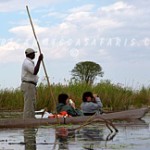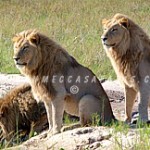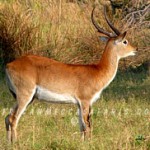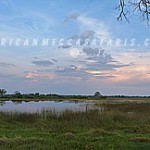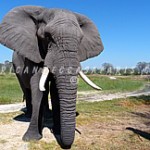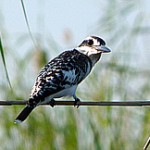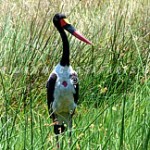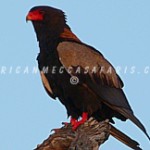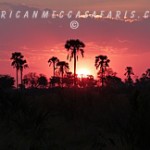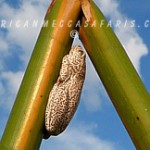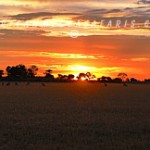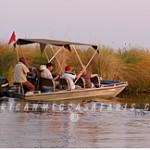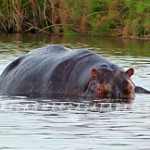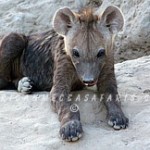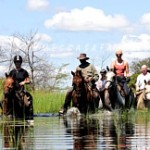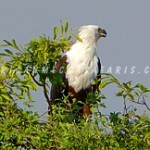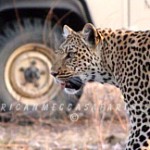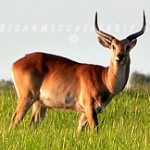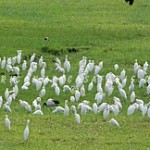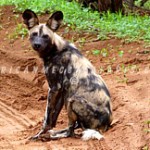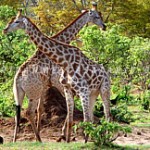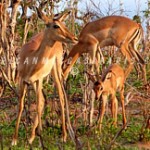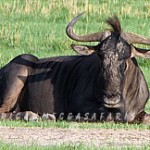Understand Safari Tier Ratings & Experiences In Botswana | Why Visit Botswana For Your Safari Vacation Or Holidays In Africa
BOTSWANA CLIMATE & WEATHER
The climate is semi-arid, characterized by high temperatures and dryness for most of the year; while its subtropical nature is imparted by the land’s relatively high elevation. Even though Botswana receives the most sunshine in winter months, a short rainy season occurs mostly during the summer months. The frequency and amount of rainfall vary greatly and are sometimes isolated. For example, there can be heavy precipitation in one area, but an area just five kilometers away can remain hot and dry. Rainwater does not usually seep into the ground but rather evaporates due to the strong sunshine that comes even after most rainstorms. The amount of rainfall is usually greatest in the months of January and February and ranges, on average, from 250 mm in Chobe District to 650 mm in Kgalagadi District. Rainfall is lesser and more unpredictable in the southwestern parts of the country.
Just before the rains come in the summer, a season which lasts from November to April, temperatures can climb to 38 and even up to 44 degrees Celsius especially between the end of dry winter and beginning of wet summer seasons. The rain temporarily brings the temperature down in the summer but not by much. In contrast, the lack of clouds in parched dry winters, a season that lasts from May to October can lead to nights that may come with cold, dust-laden winds and in some areas, the appearance of frost as the dawn breaks. Winter humidity can fall to a thirst-inducing 20%, while in the summer, it can go up to a sticky 80%.

